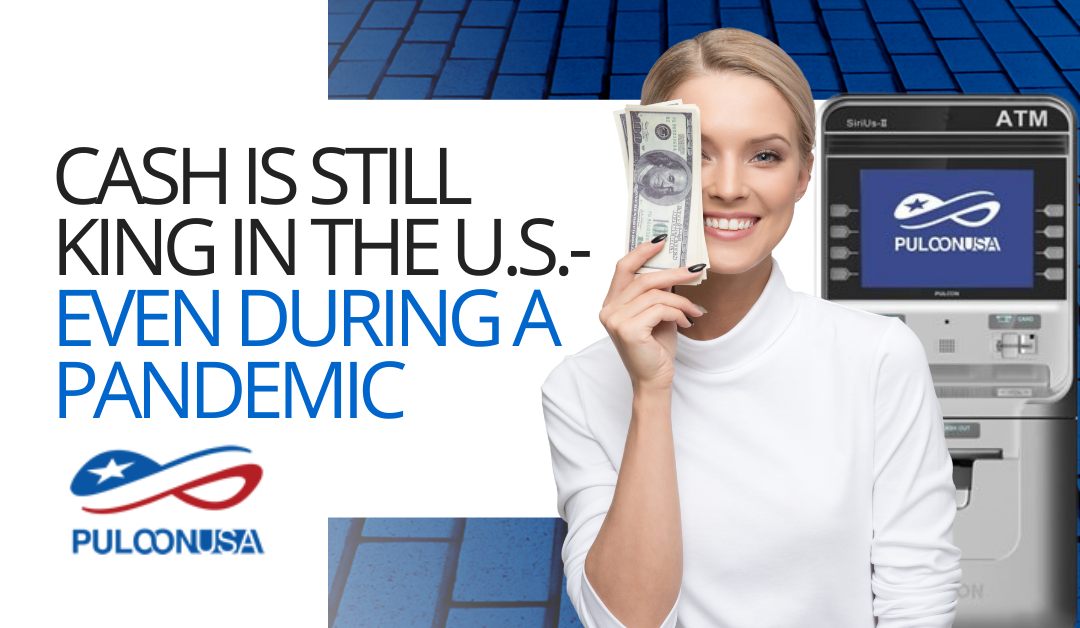In November 2020, YouGov, an international research data and analytics group, conducted a survey titled, “COVID-19 is changing how people use cash around the world”. YouGov surveyed almost 26,000 people from 21 countries. And while many countries saw a downturn in cash usage during the COVID-19 pandemic by as much as 50%, that was not the case in the U.S. According to survey results, “Just one-quarter (25%) of Americans say they’ve been using cash less often during the pandemic.”
Cash Usage
Cash usage is still highly popular for small purchases. “About three in five (62%) say they use cash for “very cheap” purchases (like a pack of gum), but fewer than half use cash for purchases that are more expensive than this. By 52% to 41%, Americans are more likely to use electronic payments for “somewhat cheap” purchases, like buying lunch. Similarly, fewer than one in five use cash for “somewhat expensive” (18%) or “very expensive” (12%) purchases.”
The YouGov findings are similar to the ones found by the Federal Reserve Bank of San Francisco, which in their 2020 Findings from the Diary of Consumer Payment Choice found that “Consumers used cash for 26 percent of all payments, consistent with the finding from 2018” and “Cash is used heavily for small-value payments, about 47 percent of payments under $10”.
The Impact of a Cashless Society
The YouGov study also asked respondents about the possibility of becoming a cashless society. The United States respondents (50%) and many Western European countries (Spain, 53%; Britain, 47%; Sweden, 50%; Germany, 50%; France, 52%) all saw the possibility of a cashless society as a negative development.
A cashless society is largely detrimental to low income families. With approximately 7.1 American households completely unbanked, having a cashless society would put those families in danger of not having access to the goods and services they need to survive.
Unbanked and Underbanked
In their May 2020 report, the Board of Governors of the Federal Reserve System found that, “Although the majority of U.S. adults had a bank account and relied on traditional banks or credit unions to meet their banking needs, gaps in banking access remained. Six percent of adults in 2019 did not have a checking, savings, or money market account (often referred to as the “unbanked”). Half of unbanked adults used some form of alternative financial service during 2019—such as a money order, check cashing service, pawn shop loan, auto title loan, payday loan, paycheck advance, or tax refund advance. In addition, 16 percent of adults were “underbanked”: they had a bank account but also used an alternative financial service product. The remaining 79 percent of adults were fully banked, with a bank account and no use of alternative financial products.”
Additionally, the report found that, “The unbanked and underbanked were more likely to have low income, have less education, or be in a racial or ethnic minority group. Fourteen percent of those with incomes below $40,000 were unbanked, versus 1 percent of those with incomes over that threshold. Additionally, 14 percent of black adults and 10 percent of Hispanic adults were unbanked, versus 6 percent of adults overall.”
With cash still popular among Americans and the necessity of allowing the unbanked and underbanked to be able to pay for goods and services using cash, it’s not likely that cash is on its way out in the near future.

